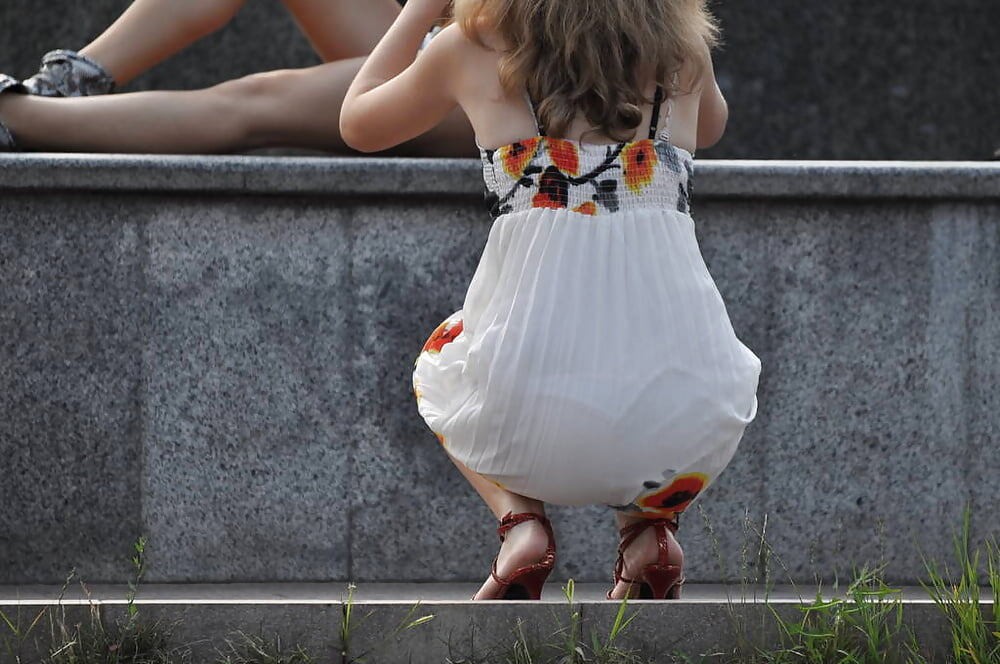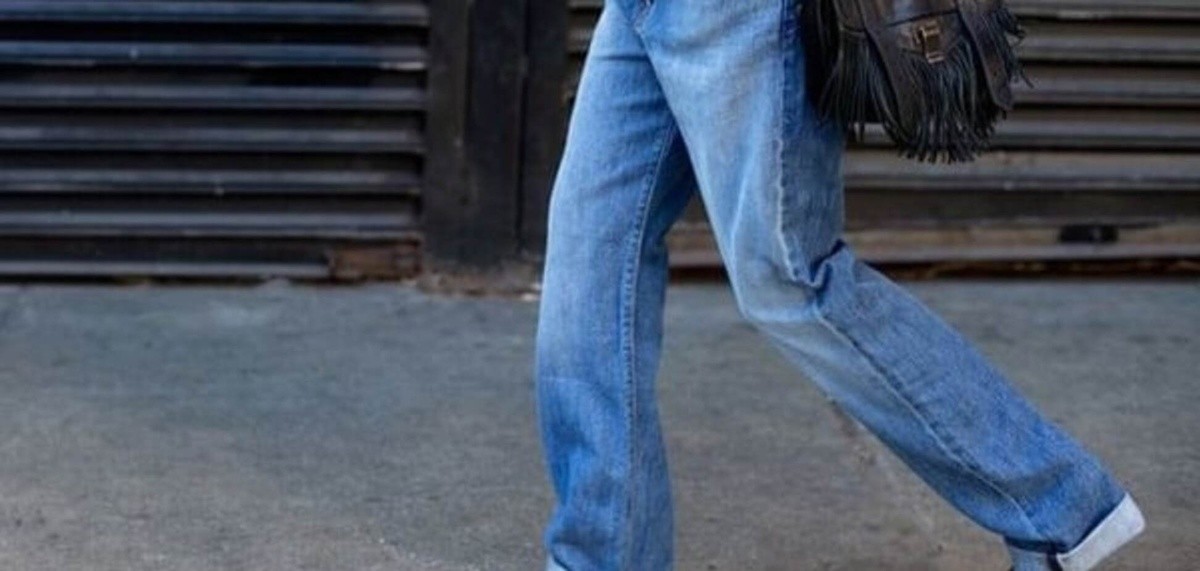Muscovites Can Guess a Woman’s Age From Her Jeans—and From Her Underwear
Clothes can reveal more than style: they’re a window into age and life stage. In Moscow, what a woman wears is often read as a proxy for her age. A defining moment from the 2010s lingered: skinny jeans were at the peak in 2011. Women who were around 20 then still wear them today; if a woman regularly wears skin-tight skinny jeans, she’s likely at least 35. While many older women have shifted toward looser fits, this memory persists especially in big cities where trends endure longer. If you wear skin-tight jeans regularly, it’s a strong cue—age that’s at least in the mid-thirties.

In This Article:
Comfort Rules the Closet for Women Under 30
Today’s under-30 crowd prizes comfort above all else: relaxed, non-binding trousers that don’t pinch or cling. Many choose wide, loose jeans paired with an equally roomy top, while others tuck a knit or blouse into the waistband for a casual yet put-together look. In this age group, easy wear and everyday comfort outweigh chasing a single, all-encompassing age sign.

The Low-Rise Era: Jeans That Slide and the Age It Signals
Extremely low-rise jeans were a defining trend of the mid-2000s. Popular from 2004 to 2008, this cut made underwear visibility a routine feature of the look. If a modern woman still wears jeans that sag off the hips, many assume she is 40 or older—regardless of how wide or narrow the leg is. The width of the pants isn’t a reliable cue; what matters is the hip-level rise that echoes that era.

Underwear as an Age Clue: Glamorous vs. Seamless
Older women are often imagined wearing glamorous thongs from the 2000s, peeking out above low-rise jeans—a memory of an era that celebrated tight silhouettes. That habit lingers for some, tying age to a particular decade’s fashion choices. Young women, by contrast, tend to choose seamless underwear that stays hidden and doesn’t constrain movement.

A Cultural Snapshot, Not a Science
This classification reads like a cultural snapshot of urban fashion myths, not a rigorous measure of age. It shows how trends circulate through communities and shape beliefs about who someone is, simply by what they wear. The takeaway is clear: clothes tell stories, but they do not define a person’s age or worth.

